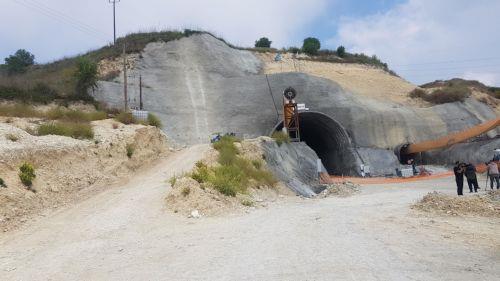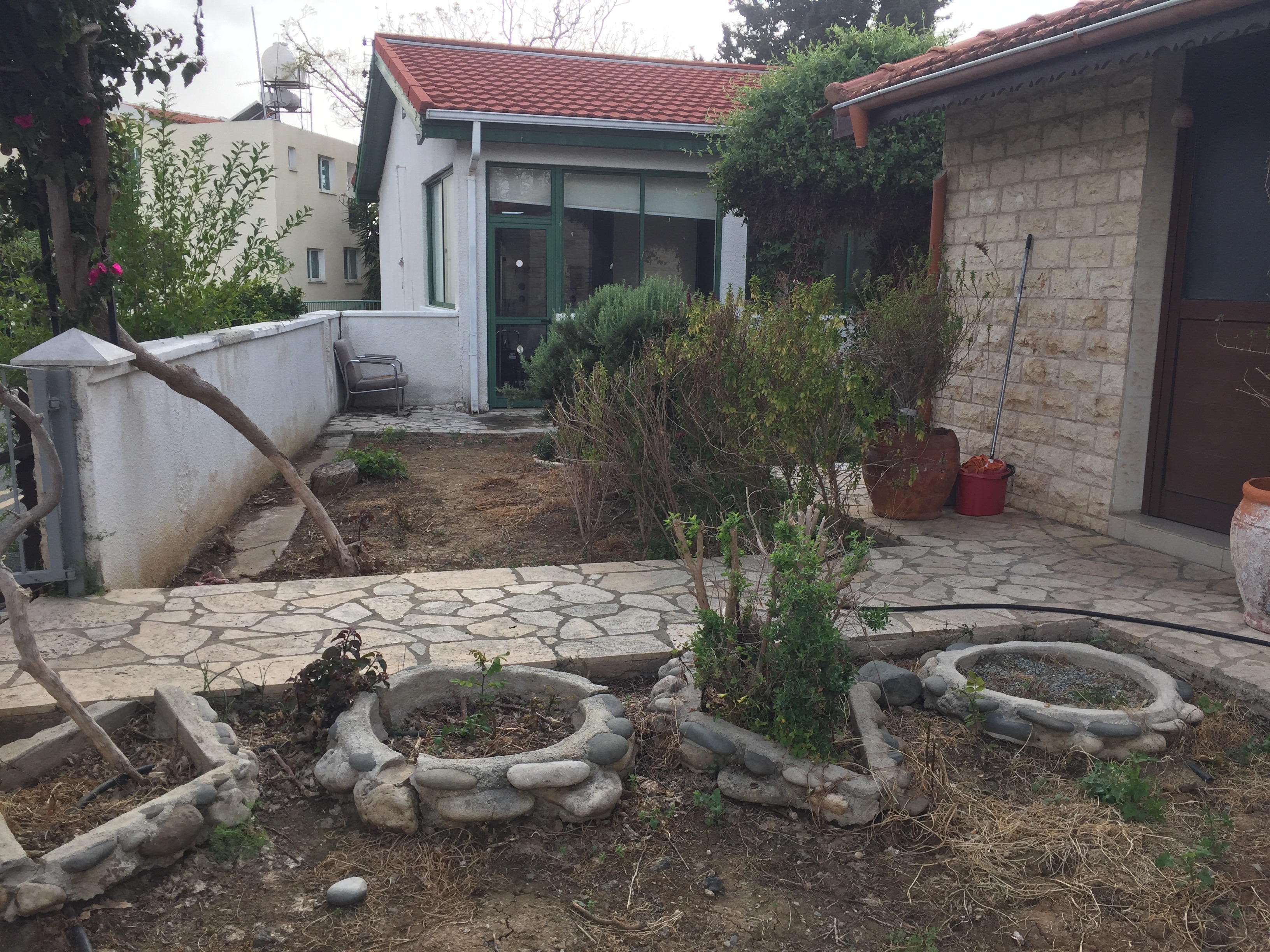Decisions regarding the Paphos-Polis Chrysochous motorway were the best possible solution, the Public Works Department (PWD) said on Thursday, adding that it would not engage in further discussions with former auditor-general Odysseas Michaelides as the matter was now before the courts.
Responding to Michaelides’ remarks, the PWD stated that it had addressed his concerns multiple times since 2018, yet “he does not seem to have taken them into account.”
The department explained that the study speed of 120km/h and the maximum six per cent gradient were determined based on various technical, financial and environmental parameters. It further clarified that the first phase of the project was not a motorway but an intercity road with a maximum speed limit of 80km/h, meeting all safety standards.
Due to the road’s gradient, when it is eventually upgraded to a motorway, runaway truck ramps will be available for heavy vehicles.
The PWD emphasised that the mountainous terrain made cost savings impossible and that the chosen design was the most cost-effective while ensuring both environmental and safety considerations.
Furthermore, traffic was increasing by 2 per cent every year and that on a normal day the road from Mesogi to Tsada would serve about 13,000 vehicles and the part from Tsada to Stroumbi 11,000.
The current road was originally built to handle just 5,000 vehicles per day, making the additional traffic at peak hours both hazardous and environmentally damaging.
On Tuesday, Michaelides accused the government of creating a financial and safety scandal over the controversial project.
“Instead of admitting its mistakes, the government is trying to cover them up with a new financial scandal,” said Michaelides.
In a written statement, he claimed taxpayers “will be charged millions of euros in the black hole of the dead-end communication policies of Nikos Christodoulides’ government.”
Michaelides explained that the government had designed a two-lane road – one lane either way – but with the characteristics of a much bigger four-lane dual carriageway, which was costly, dangerous and detrimental to the environment.
Responding to a previous PWD statement on the project’s specifications, Michaelides noted that contracts called for the construction of a 15.5km section from Ayia Marinouda to Stroumbi with two lanes and provisions for two additional lanes in the future, effectively making it a dual carriageway.
The projected speed was 120km/h and the maximum slant would be 6 per cent, despite the geometric design standards for intercity and rural roads in Cyprus being a maximum of 5 per cent.
Michaelides warned that the road would be dangerous because it was designed with parameters suited for a dual carriageway rather than a standard two-lane road. This, he added, increased costs while reducing safety by enabling higher speeds on a road not equipped to handle them.







Click here to change your cookie preferences